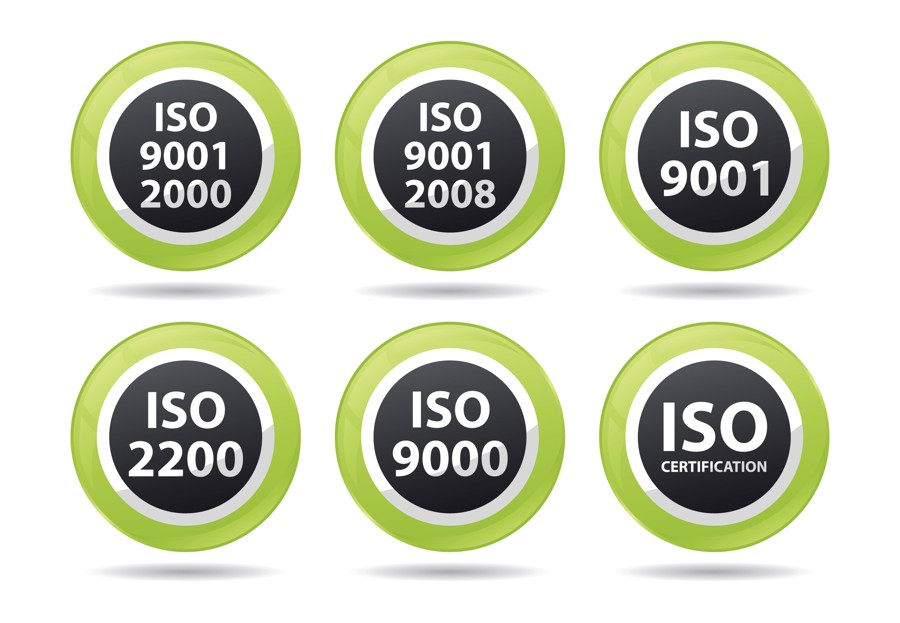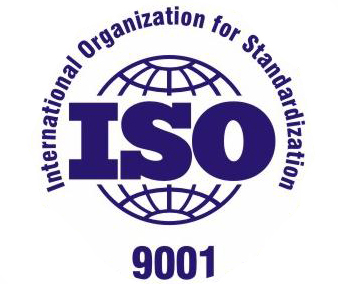ISO standard
ISO, or the "International Organization for Standardization", is an international organization involved in creating standards. The most well-known standard among the public is ISO 9001, which sets the requirements for a quality management system. However, nowadays, several dozen system standards are already being applied in practice.

The origin of the quality management system dates back to the 1920s, when the expansion of mass production led to the demand for a system to maintain consistent production quality without testing every product. The first published principles appeared after World War II, but the approach varied depending on the territory (USA, Europe, Japan) and individual corporations.
The most widespread standard became ISO 9001, which originated in Great Britain in the 1980s, then spread throughout Europe, establishing a tradition of verification by independent certification companies. While at the turn of the year 2000 more than 60% of certified companies were from Europe, today the majority of certificates are held by companies from Asia.
The Principle of the ISO Standard
The standard sets a simple principle where the company's management establishes its goals and plans in the quality area of its production, which are gradually implemented through set processes, and the effectiveness of these processes is measured and monitored so that the company can take effective measures for changes. The standard addresses principles of documentation management, human resources, infrastructure, introduces customer communication processes, supplier evaluation, process performance measurement, and also internal audits to gain feedback.

Benefits of the ISO Standard for an Organization
- Maintaining a consistently high level of the production process, and thus stable and high quality of services and products provided to customers
- The opportunity to optimize costs — reducing operational costs, lowering the costs of substandard products, saving raw materials, energy, and other resources
- By effectively setting processes, increase revenue, profit, market share, and thereby increase owner satisfaction
- Due to providing high-quality production, the possibility of gaining the most demanding customers and acquiring new customers with a view to increasing their satisfaction
- The ability to participate in tenders for large contracts, especially in the public administration
- Improving the management system, enhancing the organizational structure of the organization
- Improving order and increasing the performance of the entire organization
- Increasing the trust of the public and government authorities
- Creating a system that responds flexibly to changes in market demands, individual customer requirements, legislative requirements, as well as changes within the organization (e.g., when introducing new technologies, organizational changes, etc.)






































































































































